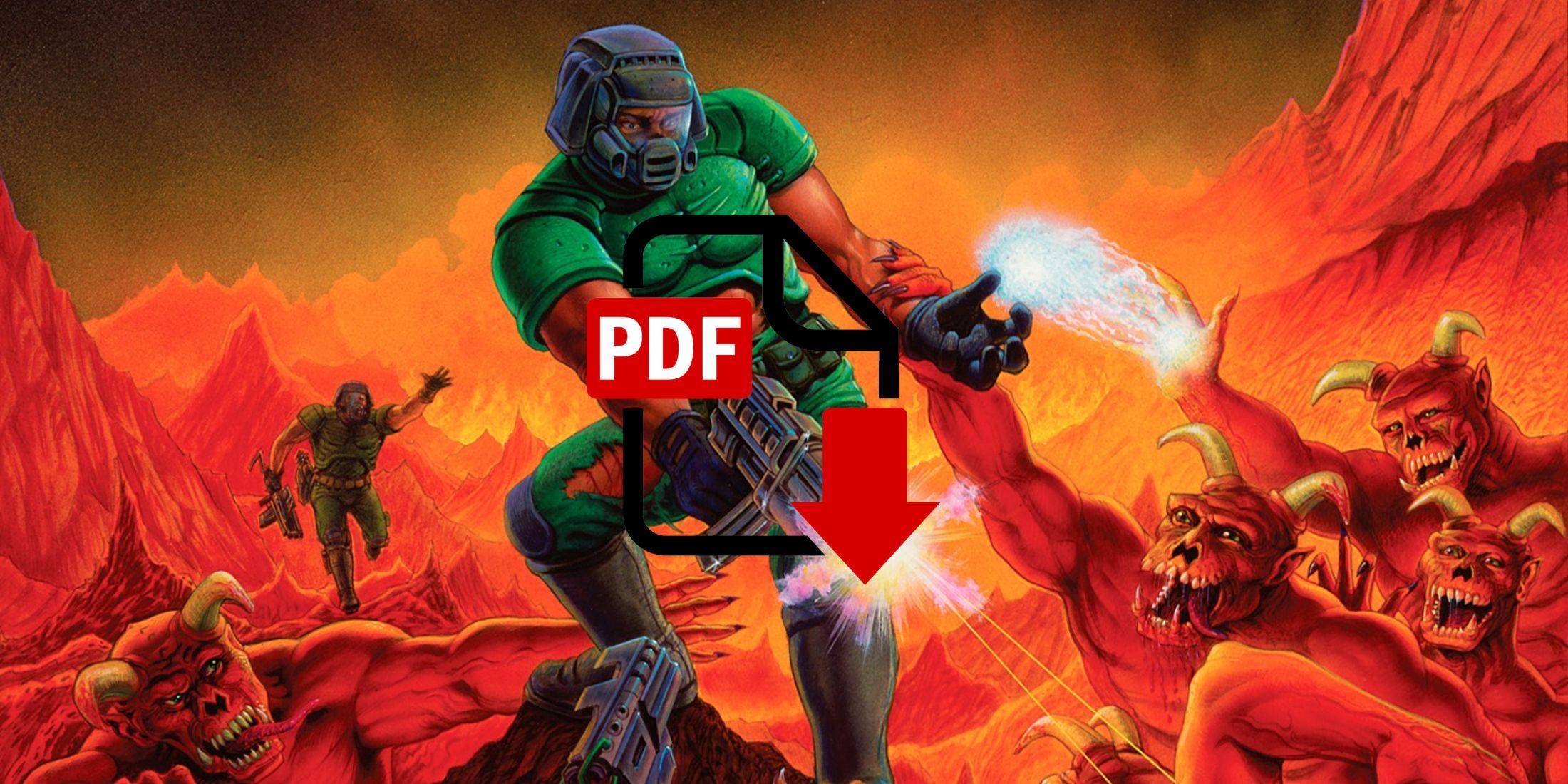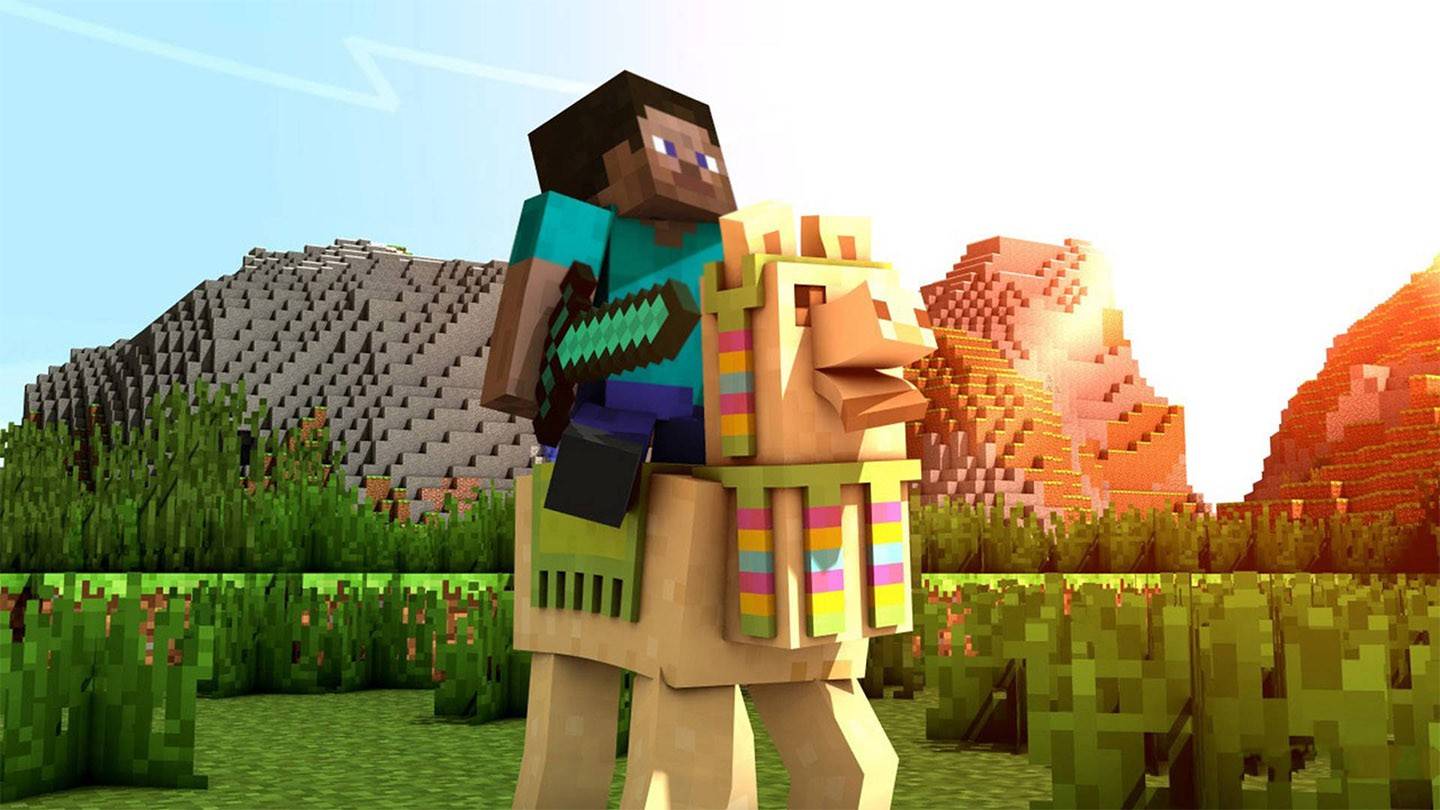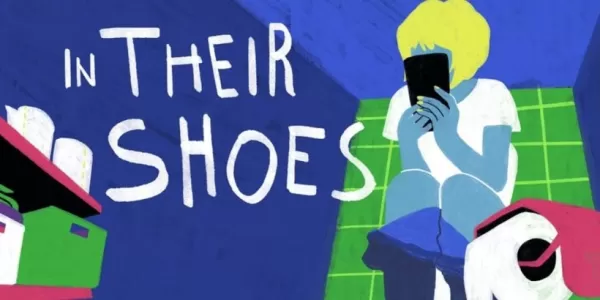
Summary
- A high school student has successfully ported Doom (1993) to a PDF file, creating a slow but playable experience.
- Doom's compact size enables it to be run on unconventional devices, such as the Nintendo Alarmo and within other video games.
- The ongoing efforts to port Doom to various platforms underscore its lasting legacy and continued relevance in the gaming community.
A high school student's innovative project has taken the beloved game Doom (1993) to a new frontier by porting it to a PDF file. This surprising achievement adds to the growing list of unconventional devices on which Doom has been played, showcasing the game's versatility and enduring appeal.
Developed by id Software, Doom is widely recognized as one of the most influential video games in history, particularly within the first-person shooter (FPS) genre. The game's impact was so profound that it inspired the term "FPS," and for many years, similar games were simply referred to as "Doom clones." In recent years, a trend has emerged where programmers and gaming enthusiasts have taken on the challenge of running Doom on the most unexpected devices, from fridges and alarm clocks to car stereos and beyond. This playful yet impressive trend has now reached a new level of ingenuity.
GitHub user and high school student ading2210 has successfully ported the classic Doom into a PDF file. The PDF format supports JavaScript, which allows for functions such as 3D rendering, making HTTP requests, and detecting users' monitors. While most interactive PDFs use small text boxes as pixels, Doom's 320x200 resolution requires thousands of text boxes per frame, which is impractical. To overcome this, ading2210 uses one text box per screen row, resulting in a slow but playable game. As demonstrated in a video shared by the creator, this version of Doom lacks color, sound, and text, with a response time of 80ms per frame.
High School Student Ports Doom (1993) to a PDF
The compact size of Doom (2.39 megabytes) makes these creative ports feasible. Just recently, in November, a programmer managed to make Doom playable on the Nintendo Alarmo, using the device's dials to move the character and the side buttons to navigate the game's menu. However, the experimentation doesn't stop at devices; another creative player successfully ran Doom in Balandro, allowing players to experience the classic FPS across the spread cards, albeit with performance limitations similar to those in the PDF version.
The primary goal of these projects isn't to achieve smooth gameplay on these unconventional platforms. Rather, they highlight the endless possibilities that creative players can explore with Doom. The fact that, over 30 years after its release, Doom remains a relevant and inspiring force in the gaming community is a testament to its enduring legacy. As enthusiasts continue to push boundaries, it's likely that Doom will be ported to even more unusual devices in the future.









